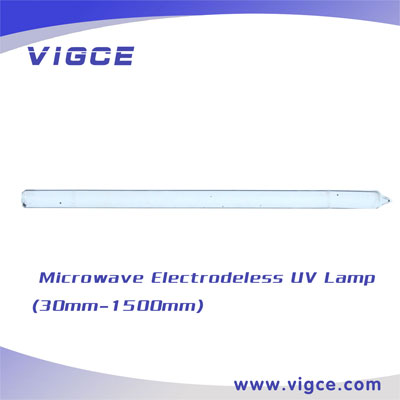Light source for copying
1. Characteristics of diazo photosensitive paper
The most commonly used material for copying is diazo photosensitive paper. This kind of paper has two color development methods: wet method and dry method, but the photochemical process is exactly the same.
Nakagawa et al. have studied and clarified the spectral sensitivity characteristics of diazo photosensitive paper. It has good sensitivity to wavelengths of 300~400nm and has the best sensitivity near 400nm.
2. Light source for diazo copying
Small diazo copiers use fluorescent lamps, while larger ones use mercury lamps.
(a) Fluorescent lamp
The spectral energy distribution of the light source for diazo copying should be close to the photosensitivity characteristics of diazo photosensitive paper, that is, the maximum energy of the lamp should appear near 400nm. The lamp uses high-efficiency rare earth phosphors, and the lamp electrode structure is a high-output type. As a result, the lamp can significantly increase light output. In addition, the copier can also use one or more lights depending on its size and copying speed.
(b) Mercury lamp
The spectral energy distribution of this mercury lamp ranges from near-ultraviolet to short-wavelength visible light centered on the bright line at 365nm, and it can be made into high power. So one light for a copier is enough. It takes several minutes to ten minutes for the lamp to stabilize its light output from startup. Therefore, it needs to be lit continuously, unlike fluorescent lamps that can be continuously lit and extinguished according to copying needs. However, whether it is a mercury lamp or a fluorescent lamp, both are required to maintain an appropriate ambient temperature and must be equipped with a cooling device to dissipate heat.

In addition, the light source for electrophotography does not belong to the light source for photochemistry, so it will not be described.
